A Concise History of Modern Europe
A Concise History of Modern Europe
Liberty, Equality, Solidarity
Third Edition
David S. Mason
Rowman & Littlefield
Lanham Boulder New York London
Published by Rowman & Littlefield
A wholly owned subsidiary of The Rowman & Littlefield Publishing Group, Inc.
4501 Forbes Boulevard, Suite 200, Lanham, Maryland 20706
www.rowman.com
Unit A, Whitacre Mews, 26-34 Stannary Street, London SE11 4AB, United Kingdom
Copyright 2015 by Rowman & Littlefield
Second edition 2011. First edition 2004.
All rights reserved . No part of this book may be reproduced in any form or by any electronic or mechanical means, including information storage and retrieval systems, without written permission from the publisher, except by a reviewer who may quote passages in a review.
British Library Cataloguing in Publication Information Available
Library of Congress Cataloging-in-Publication Data
Mason, David S. (David Stewart), 1947
A concise history of modern Europe : liberty, equality, solidarity / David S. Mason. Third ed.
pages cm
Includes bibliographical references and index.
ISBN 978-1-4422-3696-7 (cloth : alk. paper) ISBN 978-1-4422-3697-4 (pbk. : alk. paper) ISBN 978-1-4422-3698-1 (electronic)
1. EuropeHistory17891900. 2. EuropeHistory20th century. 3. EuropePolitics and government17891900. 4. EuropePolitics and government20th century. I. Title.
D299.M359 2015
940.2'8dc23
2014039780
 The paper used in this publication meets the minimum requirements of American National Standard for Information SciencesPermanence of Paper for Printed Library Materials, ANSI/NISO Z39.48-1992.
The paper used in this publication meets the minimum requirements of American National Standard for Information SciencesPermanence of Paper for Printed Library Materials, ANSI/NISO Z39.48-1992.
Printed in the United States of America
For Danny and Sylvie
Preface and Acknowledgments
I have tried to make this book interesting and accessible and to provide the basic contours of modern European history in a manner that does not overwhelm the reader with details. The book is written with a specific audience in mind: college undergraduates with little previous background in the subject. The project arose from a need at my own university for a short introduction to European history for a university-wide core course that focused on the tension between tradition and change at key points in world history, including Europe since the French Revolution.
Therefore, the focus of this book and the organizing principle are the periods of major change and revolution that shaped European societies. These included political revolutions, like those in 1789, 1917, and 1989, and also economic, intellectual, and scientific revolutions as well as wars. This narrative, therefore, touches on many of the interdisciplinary aspects of history: cultural, social, intellectual, political, and economic. These changes, in all of their manifestations, brought Europe, by and large, to liberty, equality, and solidarity (the subtitle of this book), as well as peace and prosperity. The European trajectory is fascinating and illuminating, and the accomplishment both amazing and marvelous.
The main challenge of writing this book was the effort to synthesize and abbreviate the history of a big region during an era of so much change. It is a testament to this challenge that few short histories of Europe are available to the general reader. One reviewer of the first edition praised the text for its brevity, voice and value, so the publisher and I have tried to maintain those virtues in subsequent editions. This book is still, I believe, the shortest and least expensive text on modern Europe and one of the few written by a single author. Of course, this entails some compromises, so, in a book like this one, half the length of most standard histories of modern Europe, there will inevitably be omissions and oversimplifications. In this, I hope I do not offend the amateur and professional historians among you.
Many people have contributed to the conceptualization, revisions, and editing of this bookmany of them connected with Butlers core curriculum program. Professors Aron Aji, Bruce Bigelow, and Paul Valliere all encouraged me to undertake this task, and Susan McEachern, senior editor at Rowman & Littlefield, encouraged and supported the project in many ways through all three editions. Many friends and colleagues contributed feedback and suggestions on one or more of the chapters in this volume: they are acknowledged in the first and second editions of this book. For this third edition, I would like to acknowledge and thank Paul Valliere, Bruce Bigelow, Paul Hanson, and, most of all, my wife, Sharon. Four (anonymous) outside readers for the press also expressed support for and offered suggestions for the third edition. Flannery Scott, assistant editor at the press, ably guided me through the revision process. To all of these wonderful people, I am deeply grateful.
A Note for Students
One advantage of a short text like this is that it allows time for students to sample important primary sources, such as documents, speeches, and literary works. I often refer to these in the text, and you can find many of them at the website of the Internet Modern History Sourcebook (based at Fordham University) and other places mentioned in Suggestions for Additional Reading at the end of this book. Boldface terms in the text (e.g., absolute monarchy on p. 13) are defined or identified in the glossary beginning on p. 207.
Boldface terms in the text (e.g., absolute monarchy on p. 13) are defined or identified in the glossary beginning on p. 207.
Introduction
Revolutionary Europe
T he first edition of this book began with 1789 and ended with 1989, precisely two hundred years later. This third edition brings the story forward another quarter century, although those two years are still anchors for the book. Like all dates and periods in history, these are somewhat arbitrary but these two years, 1789 and 1989, mark signal events in European history, arguably the two most important years in that continents history. The first is the year of the French Revolution, which overturned the monarchy in France (albeit temporarily), institutionalized the ideas of the Enlightenment, and unleashed the forces of nationalism, revolution, and democracy all over Europe. The second is the year in which communism collapsed in Eastern Europe through largely peaceful popular revolutions that brought down one communist regime after another in the course of only about six months. These Eastern European revolutions stimulated the fragmentation and collapse of the Soviet Union two years later, with the consequent end of the Cold War conflict that had dominated international relations (and much of life in both the East and the West) since the end of World War II. The ending of the division of Europe between Eastern and Western, communist and capitalist, allowed for further movement toward unity and integration, marked by the expansion of the EU from fifteen countries to twenty-eight by 2013. What Napoleon had tried to achieve by force of arms after the French Revolutionthe unification of Europe under the revolutionary principles of liberty, equality, and fraternitywas achieved two centuries later through peaceful and mass protests and global economic integration.
In the years between 1789 and 1989, of course, Europe underwent many changes, some of them even more convulsive than the revolutions of 1789. Another seminal revolution in Russia, in 1917, brought to power a political party committed to another ideology, communism, which within fifty years was embraced by governments controlling half the population of the planet. Two world wars in the twentieth century, fought mainly on European soil, cost the lives of tens of millions of Europeans, both soldiers and citizens. Brutal totalitarian dictatorships emerged in Germany (Hitler) and Russia (Stalin), each causing misery and death on a scale unprecedented in human history.
Next page
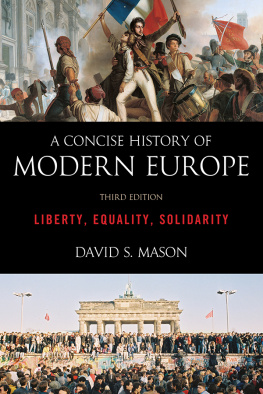

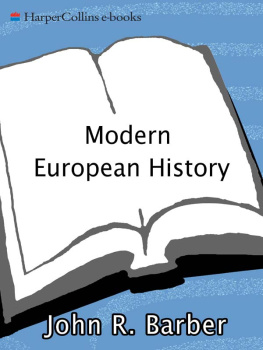
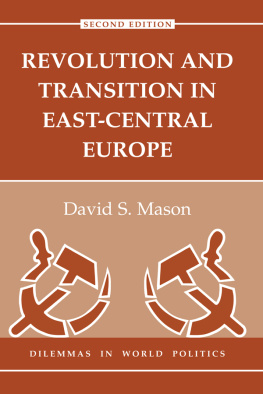
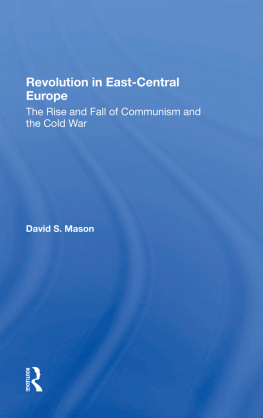

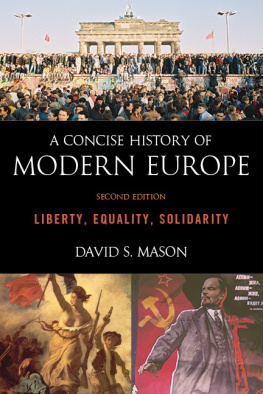


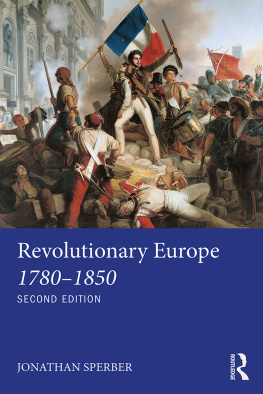
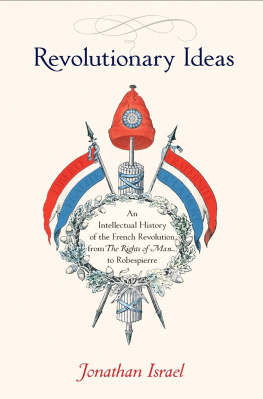
 The paper used in this publication meets the minimum requirements of American National Standard for Information SciencesPermanence of Paper for Printed Library Materials, ANSI/NISO Z39.48-1992.
The paper used in this publication meets the minimum requirements of American National Standard for Information SciencesPermanence of Paper for Printed Library Materials, ANSI/NISO Z39.48-1992.